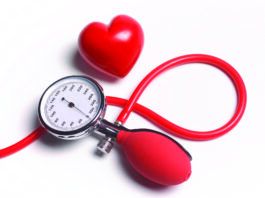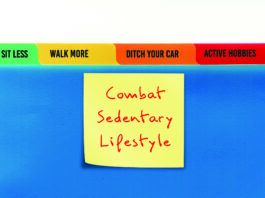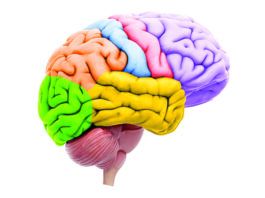Spin Common in Study Coverage
Putting an overly positive spin on study results starts with the summary of
Big Apple Bans Big Sodas
New York Citys Board of Health passed the controversial ban on supersized
Cilantro Aversion Is Genetic
Cant stand the taste of cilantro, that increasingly popular herb found in
Vitamin D Cant Stop the Common Cold
Dont count on vitamin D to protect you from the sniffles. New Zealand researchers report
Ginkgo Again Fails to Make a Difference vs. Dementia
Yet another trial has failed to find significant memory-protecting benefits from ginkgo biloba, leading an accompanying editorial
Almost Half of Obese Are Nonetheless “Metabolically Healthy”
Is it possible to be fat but still fit? The largest study ever to examine the "obesity paradox"- analyzing data on more than 43,000
Sedentary Jobs Spread Worldwide
The US isnt alone in becoming a nation of chair jockeys: Other countries are growing more sedentary, too, especially at work.
Exercise Boosts Brain Volume in Seniors
More evidence that keeping moving is good for your brain as well as your body
Americans Cholesterol Numbers Improving
A new report has good news about Americans cholesterol levels
Supplements Mislabeled, Lack Evidence
Claims on weight-loss and immune-system supplements are frequently lacking in evidence and in violation




























